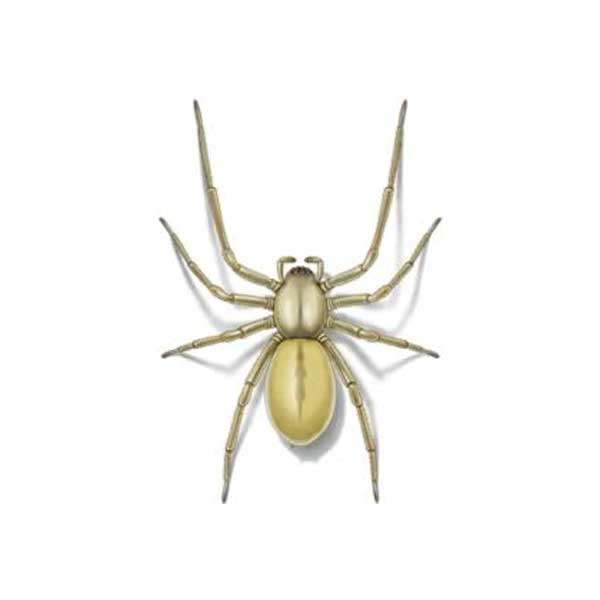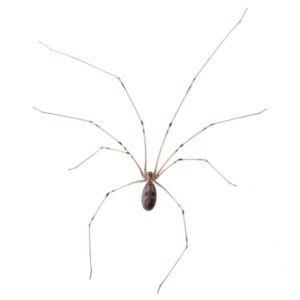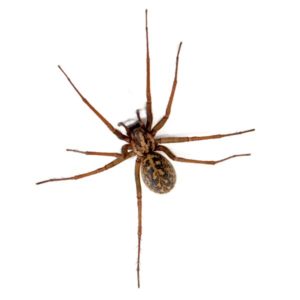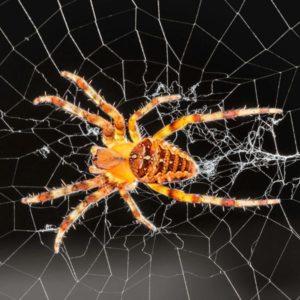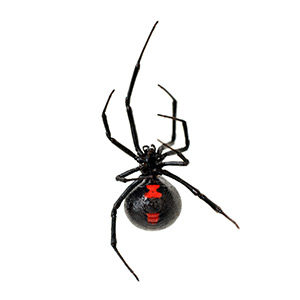Description
| Size | ¼” to ⅜” |
| Characteristics | Tan or light brown legs, yellow or green-tinged abdomen. |
| Legs | 8 |
| Habitat | Prefers to live outdoors in gardens and forested areas, but may accidentally wander indoors or seek shelter during cold weather. Typically builds webs in corners or ceilings. |
| Habits |
|
| Sac Spiders in the Pacific North West | Sac spiders get their name from their habit of spinning sac-like webs, which they use as a retreat in between hunting times. These spiders primarily feed on a variety of other insects and spiders, and they are most active at night. Though sac spiders are often mistaken for brown recluses, they lack the unmistakable violin or fiddle-shaped pattern on their back. For the most part, sac spiders are antisocial arachnids that prefer to remain out of sight. |
| Sac Spider Habitat | Sac spiders often prefer to live outdoors in areas such as gardens, forests, and organic debris. These spiders are also frequently shipped and carried inside on agricultural products, such as grapes or fruit, and they may seek shelter in warm homes when temperatures drop for the winter. Sac spiders are excellent climbers and can even scale slick surfaces, which means that they can access even hard-to-reach areas. They are also known for constructing silk, sac-shaped retreats in areas such as corners and ceilings. |
| Sac Spider Behavior, Threats, and Dangers | In general, sac spiders are antisocial creatures that avoid humans. However, they will bite if they feel threatened or provoked. Though a sac spider bite may be painful, they are not medically significant unless they trigger an allergic reaction. Swelling, slow healing, and ulcerated sores around the bite area are common reactions, but it is always recommended to seek medical attention if you are concerned about a spider bite. If you have sac spiders in or around your property, call your local spider exterminators to remove these pests safely. |
